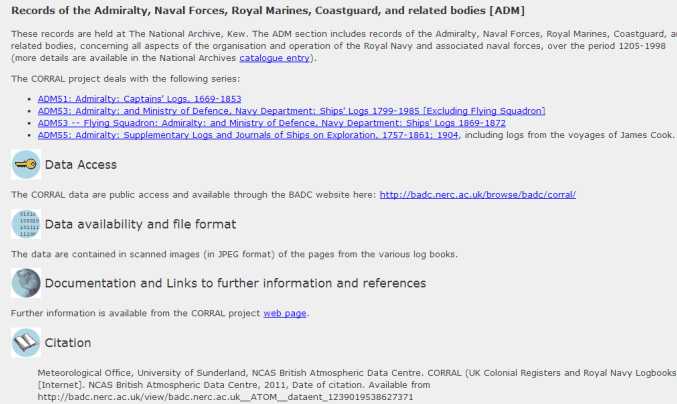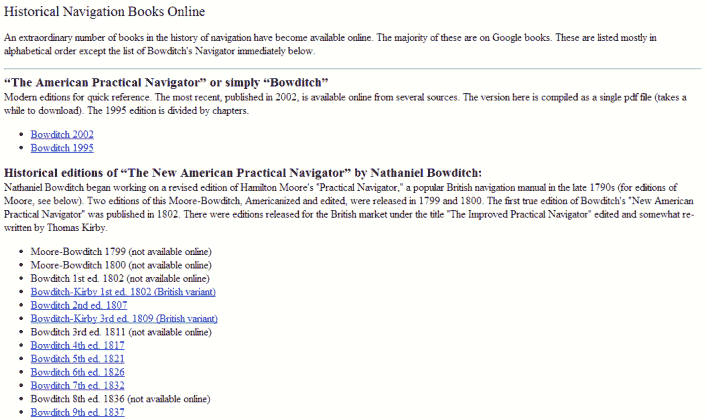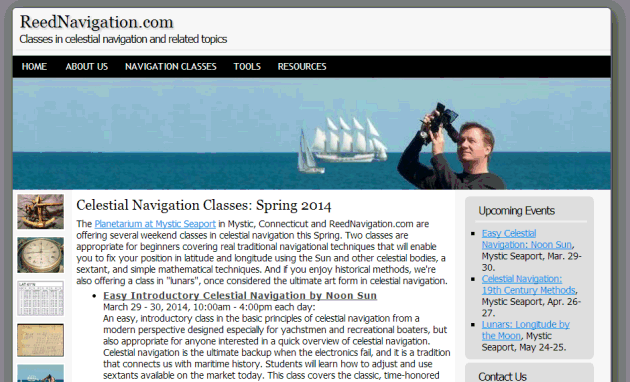
NavList:
A Community Devoted to the Preservation and Practice of Celestial Navigation and Other Methods of Traditional Wayfinding
Re: Unexpected USNO height correction precepts
From: Paul Hirose
Date: 2018 Sep 19, 15:26 -0700
From: Paul Hirose
Date: 2018 Sep 19, 15:26 -0700
On 2018-09-19 8:01, I wrote:
> Since we're talking about tenths of minutes, I think Antoine's example
> should be worked both ways at .01' precision to (practically) eliminate
> roundoff errors from the comparison.
Taking my own advice, the starting data for the Venus observation are:
1977 Mar 18 at 00:02:17.0 UT
DR Position S 27°35.0’ E 144°53.7 Height of Eye 15’
P = 1010 Mb T = +10°C
Height observed in Sextant: 18°03.7’ Index Error 0.0’
Nautical Almanac Dip Correction: -3.8’
For a lower limb Venus observation Lunar4 says:
3.79′ dip (calculated by Lunar4)
17°59.91′ apparent lower limb altitude
2.94′ refraction
-0.42′ unrefracted semidiameter
17°57.39′ unrefracted altitude of center
17°57.67′ predicted altitude
-0°00.28′ intercept
59°49.46′ predicted azimuth
+0m47.52s delta T
The intercept is .28′ away, vs. .4 away per Antoine. I think most of the
discrepancy is refraction, which Lunar4 calculates as 2.94′ vs. 3.03 per
the Almanac formula. That puts the corrected altitude of Venus higher,
and so the intercept is not so much "away".
The above assumes a lower limb observation. I don't know how to
calculate a center of light observation. Phase angle is 139, so Venus is
a crescent.






